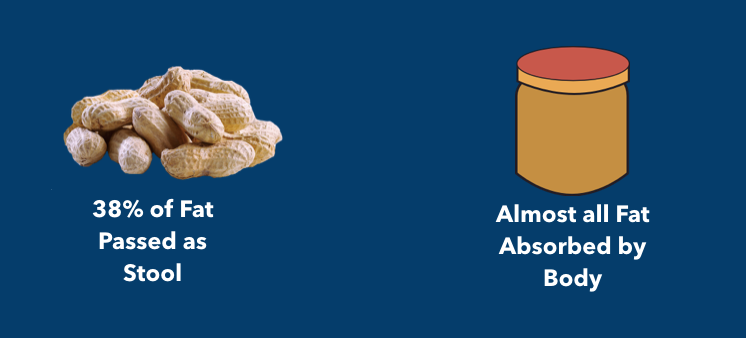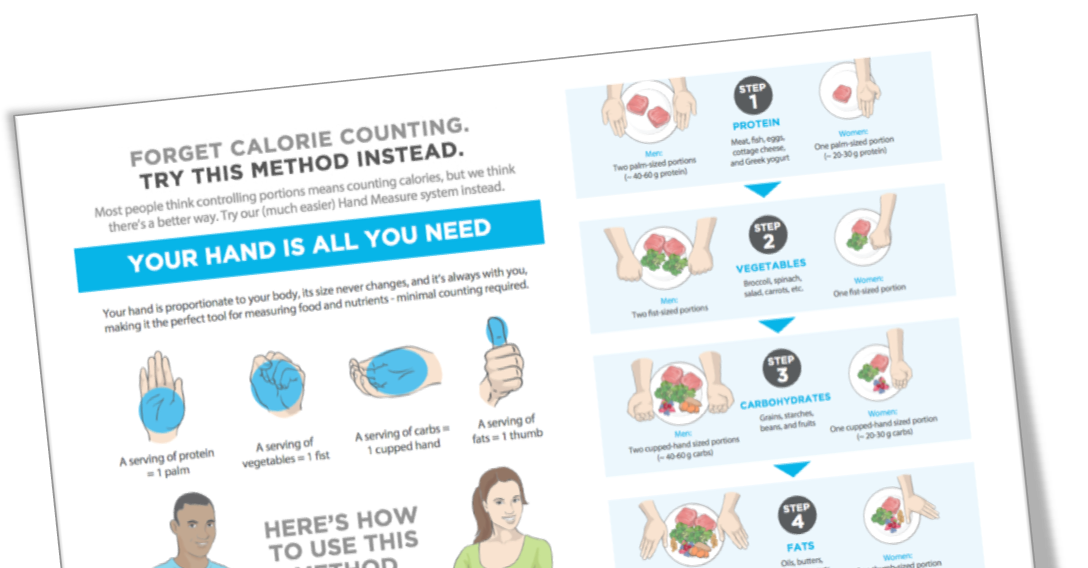Why Calorie Counting is a Bad Idea
by Kern Kapoor

One of the biggest fallacies in the health and fitness industry comes from the idea of calories in, calories out model.
On a theoretical level, it makes sense.
The calorie in, calorie out model is based off the first law of thermodynamics which states:
Energy In = Energy Out
And there is nothing wrong with that principle.
However, the human system is quite complicated and it has more components into energy in part of the equation. And it has even more components to the energy out part of the equation.
Problem (Part 1): Calories In
The way calories are measured is by combusting food samples in what is known as a bomb calorimeter.
The way the human body metabolises food is different to a simple machine. There are many factors that can how food is digested, absorbed and used.
Even if we know exactly how many calories are going into the body (which we usually don’t), it’s very hard to know exactly how many calories we will absorb and use.
For example, an experiment was done to observe how human bodies process peanuts in their whole form compared to peanut better.
Tests showed that when you are eating peanuts in their whole form, 38% of fat is passed as stool.
Compared to peanut butter, where almost all the fat is absorbed by the body.

This has significant implications on the Energy In part of the equation making it:

Quick hint: processed food, you will almost always absorb more calories.
Problem (Part 2): Calories Out
The Energy Out part of the equation has multiple components to it as well. We can group these into three general categories:
1. Resting metabolic rate (60%) – the amount of calories burned in a resting state.
2. Thermic effect (10%) – the calories you burn in the process of digesting food.
3. Physical activity (30%) – this accounts for all your daily movements.
I want you to keep the split in mind because about 70% of the calories you burn are actually controlled by the body and 30% is controlled by your physical activity day to day.
So the Energy Out part of the equation becomes:

So the total equation ends up becoming:

The biggest thing that I want you to take away is that we control only specific parts of the equation: the calories eaten and physical activity. However, our bodies control the other components.
What happens when you go on a restrictive diet?
Most people have tried yo-yo dieting in the past by significantly decreasing the calories eaten.
But within a few weeks, your body will respond by counterbalancing with other parts of the equation:

So if you are trying to out smart your body, your will out smart you back.
And that’s why the calorie in, calorie out model is an ineffective way to go about your weight loss, especially if you want to create long-term change.
What’s the alternative?
So you may be wondering if we don’t count calories, how else do we create permanent body transformation?
I go into this in depth in this free guide on how to eat for your body type. But in summary, permanent fat loss is really controlled by two things:
1. Your hormone interaction
This simply means how the chemical messengers are signalling your brain on how hungry you get and how you should metabolise the food you eat.
(i.e. Whether the food you are eating should be stored as fat or used for other bodily processes.)
2. Metabolic rate
Your metabolic rate is the amount of calories your body is burning not just through physical activity but also at a resting state.
(Hint: the more muscle, the higher your metabolic rate)
If you have your hormones and metabolism firing on all cylinders, you will be able to create some pretty amazing changes to your body composition.
Conclusion
Make no mistake, the principles of energy balance work.
However, the calorie in, calorie out model has more components to it than we traditionally thought.
There is nothing wrong with simplifying things.
But when simplicity leads us to take ineffective action, it’s probably better to take a step back and understand how the whole system actually works.

The 2-min Meal Plan Cheatsheet.
Learn how to plan your meals without counting calories.


